Wood burners vs central heating - which one is right for your home?
The expert guide to choosing between two of the most popular ways of heating
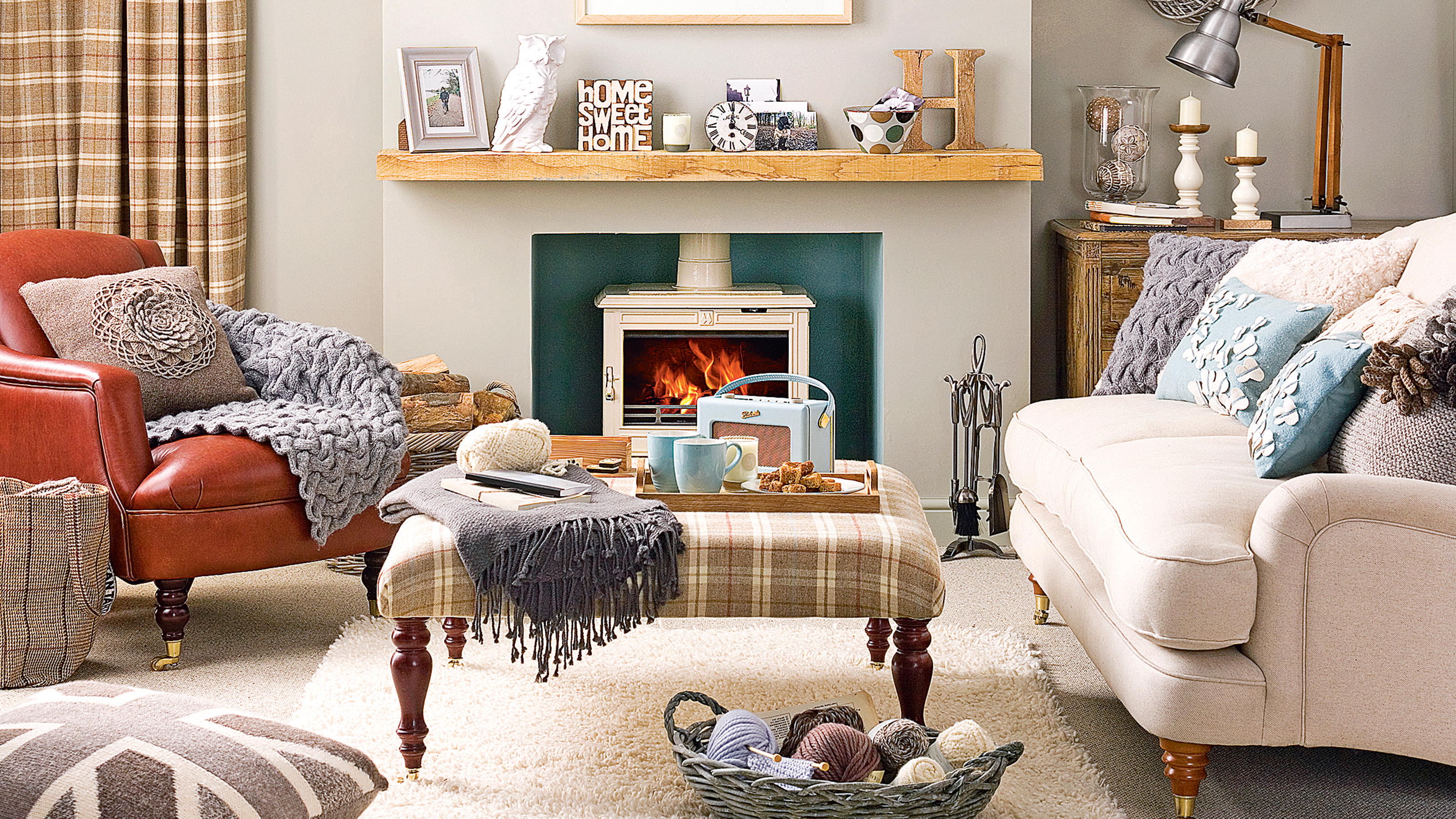

With energy bills on the forefront of everyone's minds, we've started thinking about the best way to keep warm this winter. We've delved deep into the wood burners vs central heating debate, to work out the pros and cons of both to give you the best information to choose how to heat your home.
There's been a definite trend for wood burning stoves as of late as people look for alternative options to gas and oil. But are these really more cost-effective? And how warm can they really get a house? We've spoken directly to the experts to compare these log stoves to central heating so you can see what will fit best in your space and with your lifestyle.
Wood burners vs central heating
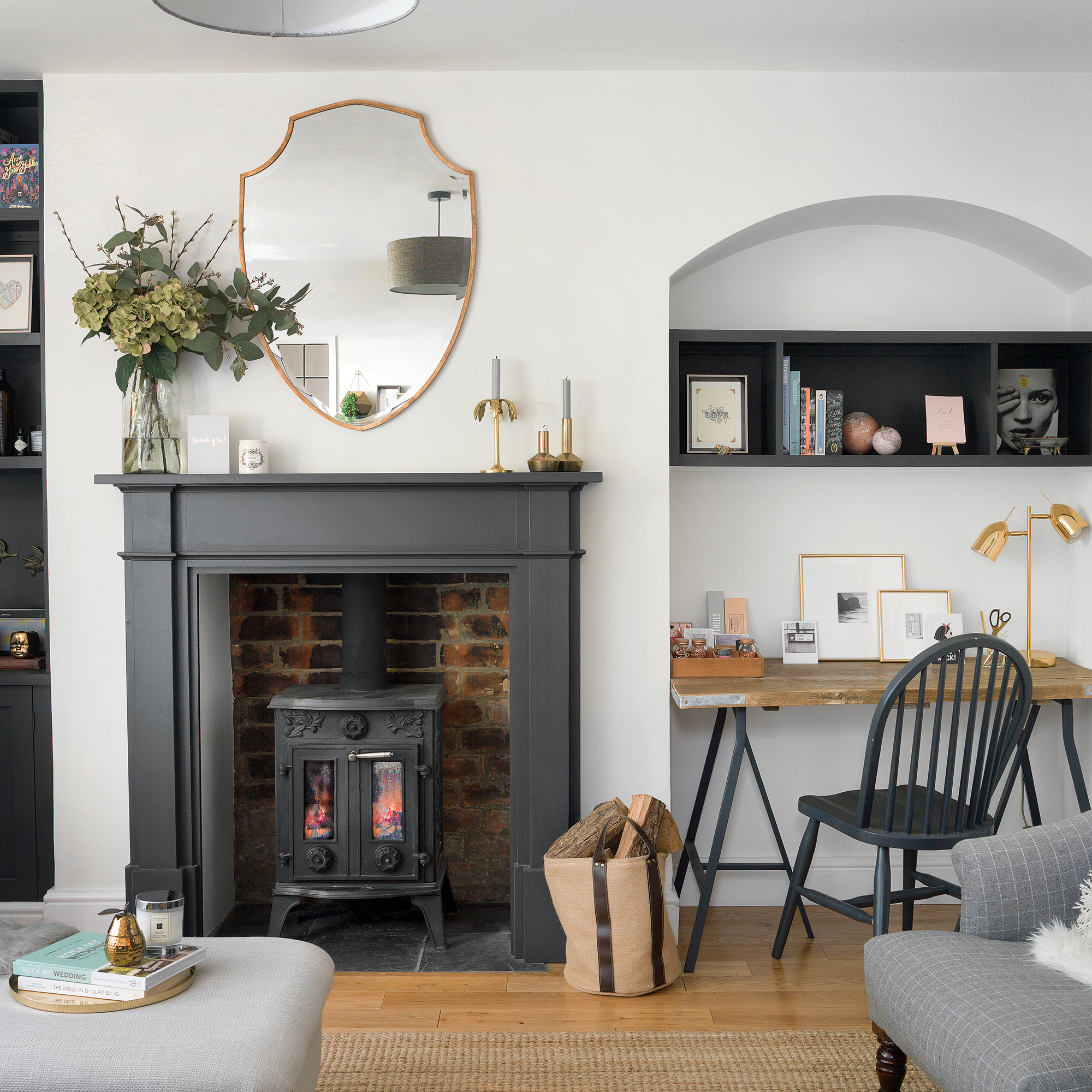
'With the energy price cap for gas and electricity still high, more and more people are looking to invest in woodburning stoves instead,' notes Vicky Naylor, General Manager, ACR Stoves.
But where do you land in the wood burners vs central heating argument? As you'll see the each have their pluses and minuses to bear in mind. But first thing's first - what exactly are these two ways of heating a home?
What is a wood burner?
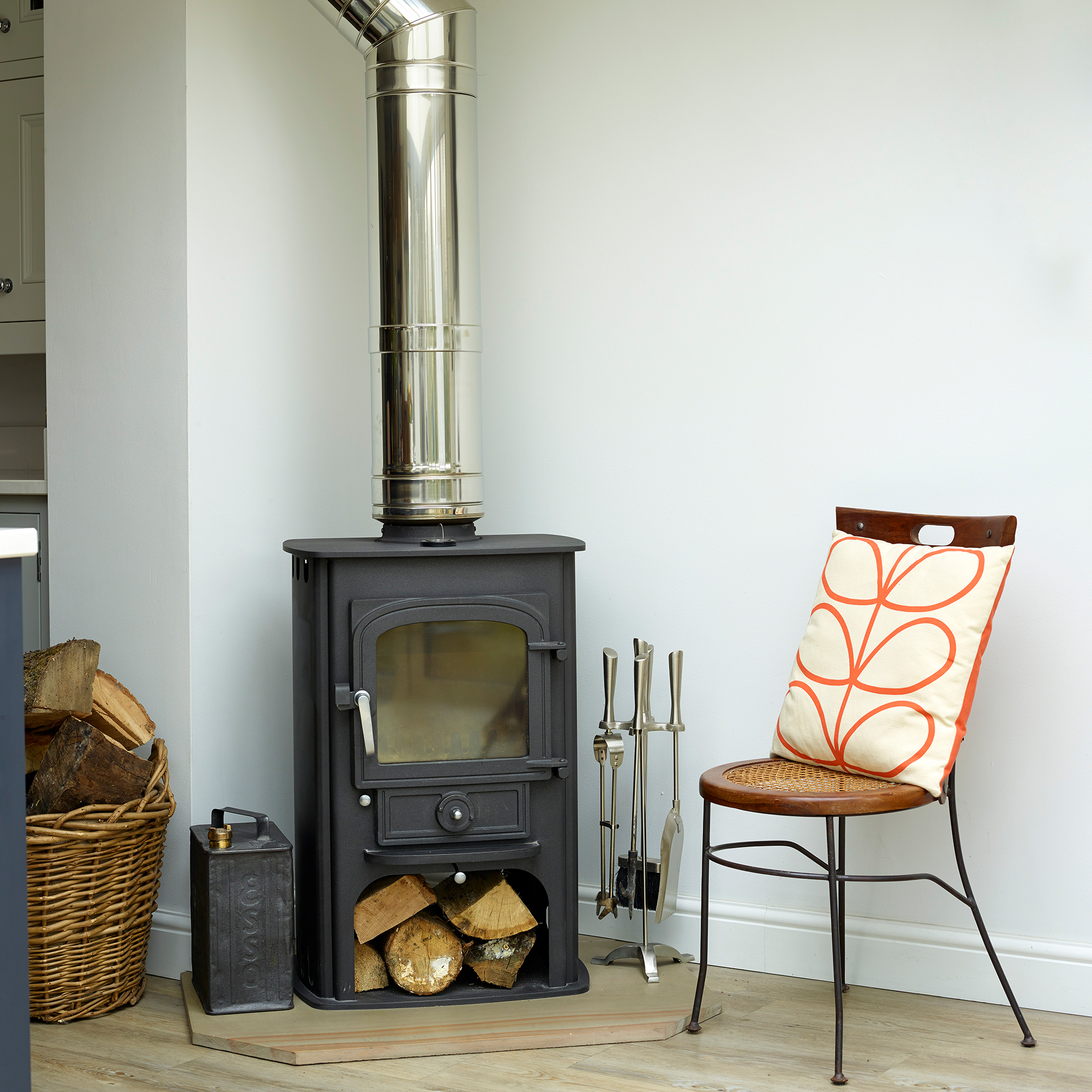
It does what it says on the tin! Wood burners are stoves which produce heat through burning wood. So whatever style you go for, this is what it does in essence.
It's a popular choice both economIcally and in terms of being eco-aware. 'Wood burning is the original sustainable way of heating the home,' notes Vicky from ACR. 'Burning wood is kinder to the environment than using gas or electricity. On average, wood produces 0.008kg of CO2 p/kwh whereas gas produces 0.198kg and electricity produces 0.517kg. Wood is generally thought of as a carbon neutral fuel.'
What is central heating?

One area in the wood burners vs central heating argument where they clearly match up is that the names really say it all. Central heating is just that. 'At the centre of the system is the boiler or heat pump, and this heats water and then pumps it around the building through a series of pipes to the radiators, and then back again for reheating,' explains Simon Morris, Marketing Manager, The Radiator Company.
Get the Ideal Home Newsletter
Sign up to our newsletter for style and decor inspiration, house makeovers, project advice and more.
The most common types of central heating are as follows:
- Conventional boiler: 'This system heats and pumps the water to your radiators, and separately heats hot water for your taps in a cylinder, usually located in an airing cupboard,' explains Simon. 'These operate using either gas, oil or electricity.'
- Combi boiler: 'This system heats hot water for taps on demand, so there is no storage cylinder, and it heats and pumps water to your radiators. These operate using either gas, oil or electricity.'
- Air Source Heat Pump: 'These systems are becoming more readily available, and transfers heat from the outside air into a fluid which then passes through a heat pump to create hot water, which then heats your rooms via radiators. This system requires a cylinder for storing hot water for your taps.'
Wood burners vs central heating: how they compare
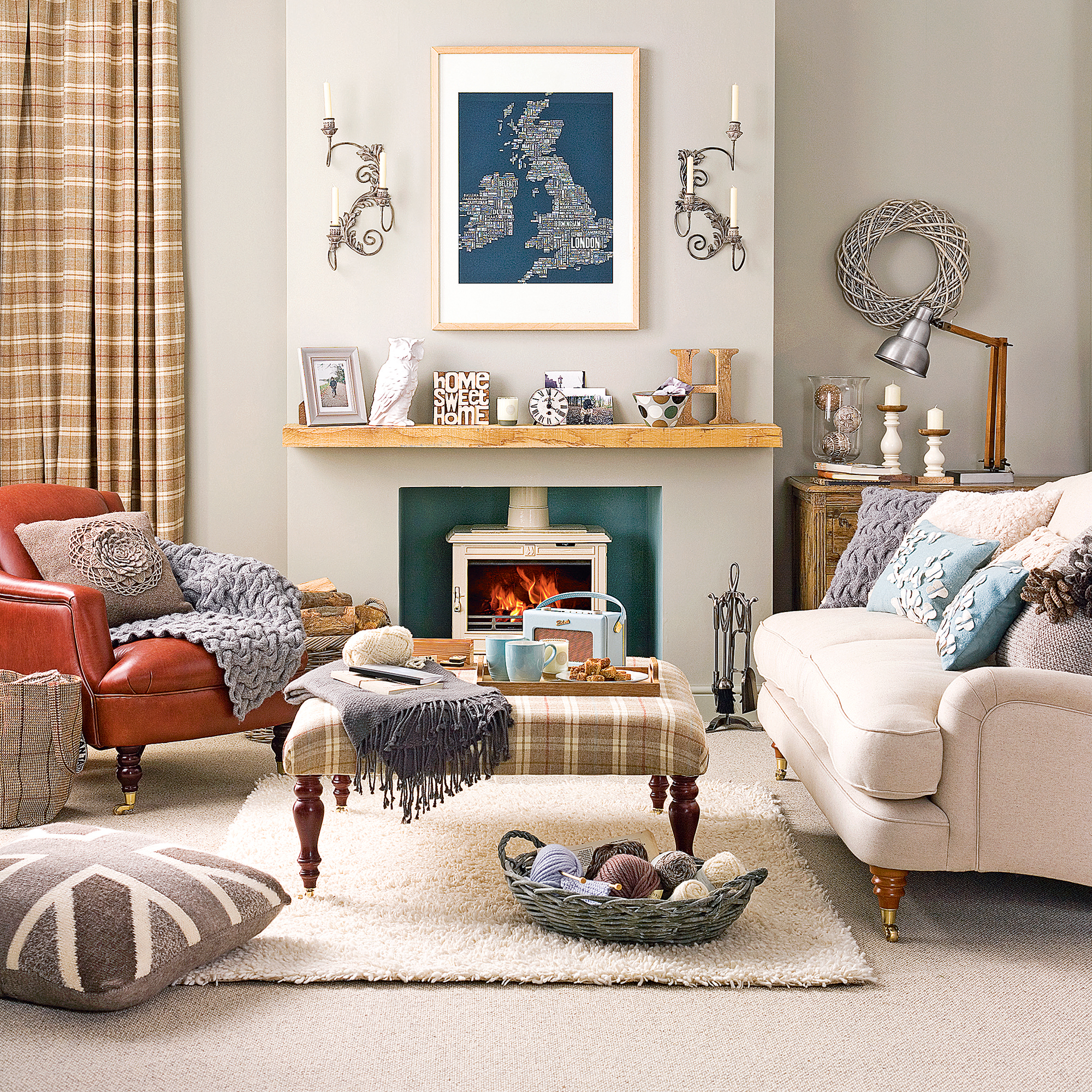
There are a number of factors to bear in mind when considering the question of wood burners vs central heating, from costs to efficiency and maintenance. We've broken down the most important things to think about.
1. Costs to buy and install
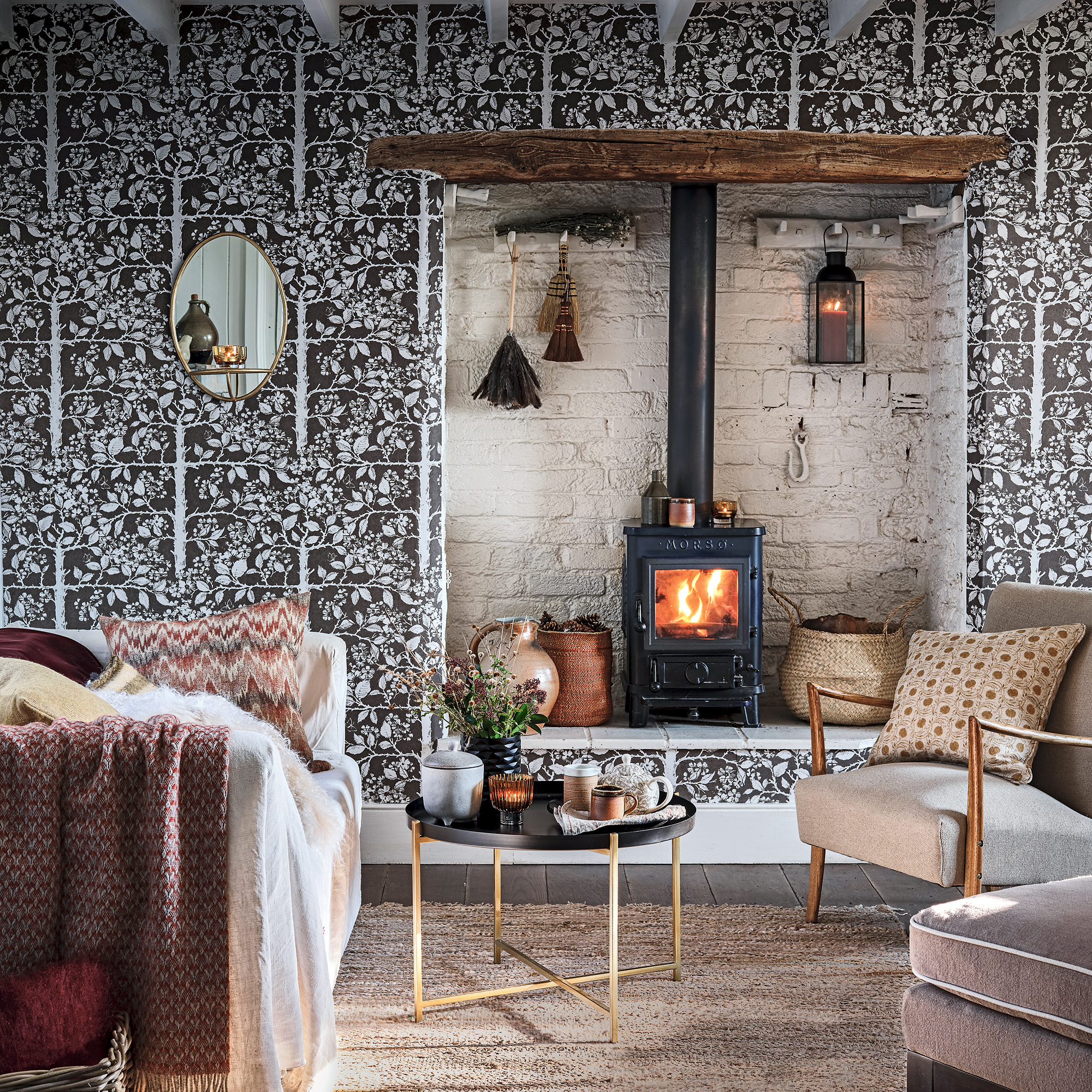
Cost is usually top of everyone's minds when looking at wood burners vs central heating, in terms of initial payments, installation and then to run.
Wood burners
'The cost of the physical heat burner is extremely variable, you can pay from £800 to £8,000 or even more,' says Chris Bunn from Eurostove Ltd. 'But there are significant additional costs which must be borne in mind. The installation should always be done by a qualified HETAS engineer and due to increasing demand, their costs have risen.'
For the cost to install a wood burning stove there's also some variation. 'Installation is a complicated process and can vary greatly from property to property,' adds Vicky from ACR. 'An approximate figure would be around £1500 for the flue liner and installation. It is worth noting however, that installation costs will differ (possibly considerably) depending on the type of flue, the length of the flue and any complications that may be encountered in the flue or any building work that may need to be required.'
'Depending on the level of work required, it may mean that the wall or room may need to be redecorated and the carpet may need to be altered if the footprint of the hearth is different so these costs could need to be factored in too.'
Central heating
When it comes to central heating, prices vary drastically depending on which type you opt for.
- Gas boilers: 'Taking into account purchase and installation fees, a new gas or hot water boiler will typically cost anywhere between £2000 and £4000 from the outset,' says John Klee, heating expert, BestHeating. 'Anything from £500 to £2000 should be an expected outlay for both the buying and fitting of a gas boiler respectively.'
- Underfloor heating: 'There is much volatility in the price of underfloor heating (UFH) based on several factors, such as whether you are opting for a wet or electric UFH system and the size of the room it is to be fitted within,' points out John. 'Usually, you can expect to pay between £200 and £300 per day for labour costs. As a very general estimate, underfloor heating cost for a room sized 10m² could be: Wet underfloor heating system: £800 - £1500, Electric underfloor heating system: £500 - £750.'
- Heat pumps: 'Another central heating option that can fluctuate greatly in price – a ground source heat pump can cost anywhere in the region of £13,000 all the way up to £45,000 to purchase, whilst air source pumps usually have a price tag somewhere around £8,000,' explains John. 'Installation pricing can be volatile as well; for horizontal ground source trenches, fitting will usually set you back from £2,500 to £4,500, whilst vertical installations will do between £8,000 to £10,000 worth of damage. Air source versions can usually be fitted for something in the vicinity of £2,000.'
2. Cost to run
According to The Stove Industry Alliance (SIA), a woodburning stove costs around a third of the price of electric heating to run and around 13% less than gas central heating under the current price cap. As energy prices continue to rise, the savings could add up to even more.
'According to the SIA, it costs between £120 and £140 to purchase one cubic meter of kiln dried wood logs,' says Vicky from ACR. 'On average, one of our woodburning stoves will use 3.5 cubic meters of logs in a typical heating season from mid-October to mid-April, if the stove is used during evenings and weekends. That’s a total running cost of between £420 and £490 for winter wood fuel.'
'For 2022 over the same period of heating using gas it was £639, making it a significant saving. And if the weather turns even colder, that figure will likely increase quite dramatically, especially if the heating is turned on during the day.
3. Efficiency
How efficient - or inefficient - your heating is will make a huge difference in the outcome of wood burners vs central heating. After all, if your heating isn't efficient you'll end up spending more and feeling the chill.
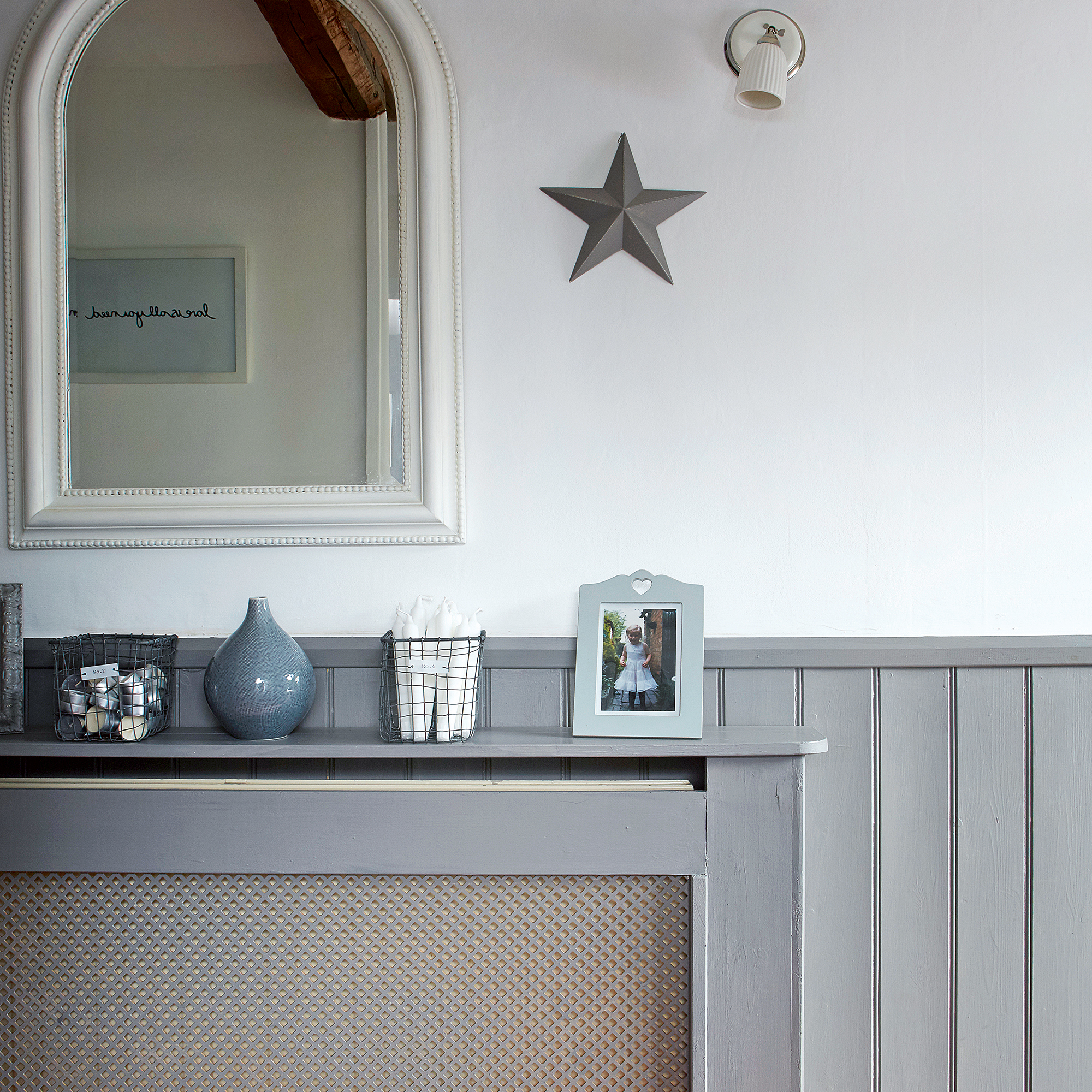
Wood burners
'Modern wood burners which are in keeping with the new Ecodesign Ready legislation which was introduced this year are low carbon, low emission, renewable and sustainable,' says Jon Butterworth, Director, Arada.
'Ecodesign Ready wood burning stoves are four times more efficient than an open fire at 80% compared to 25%. This efficiency also relates to the amount of wood required as an Ecodesign stove needs significantly fewer logs. Before choosing a stove for your home, always ensure it meets the requirements needed for your local area.'
Central heating
The efficiency of any system will depend in how well it has been designed and set up,' says Simon from The Radiator Company. 'The overall efficiency of your central heating system will be impacted by many things, the level and quality of your insulation, if you have the heating on and doors or windows open, as well as the type and material of your radiators.'
'However, a properly specified and well-maintained central heating system, using radiators with the correct BTU in each room, will be efficient for many years.'
4. Maintenance
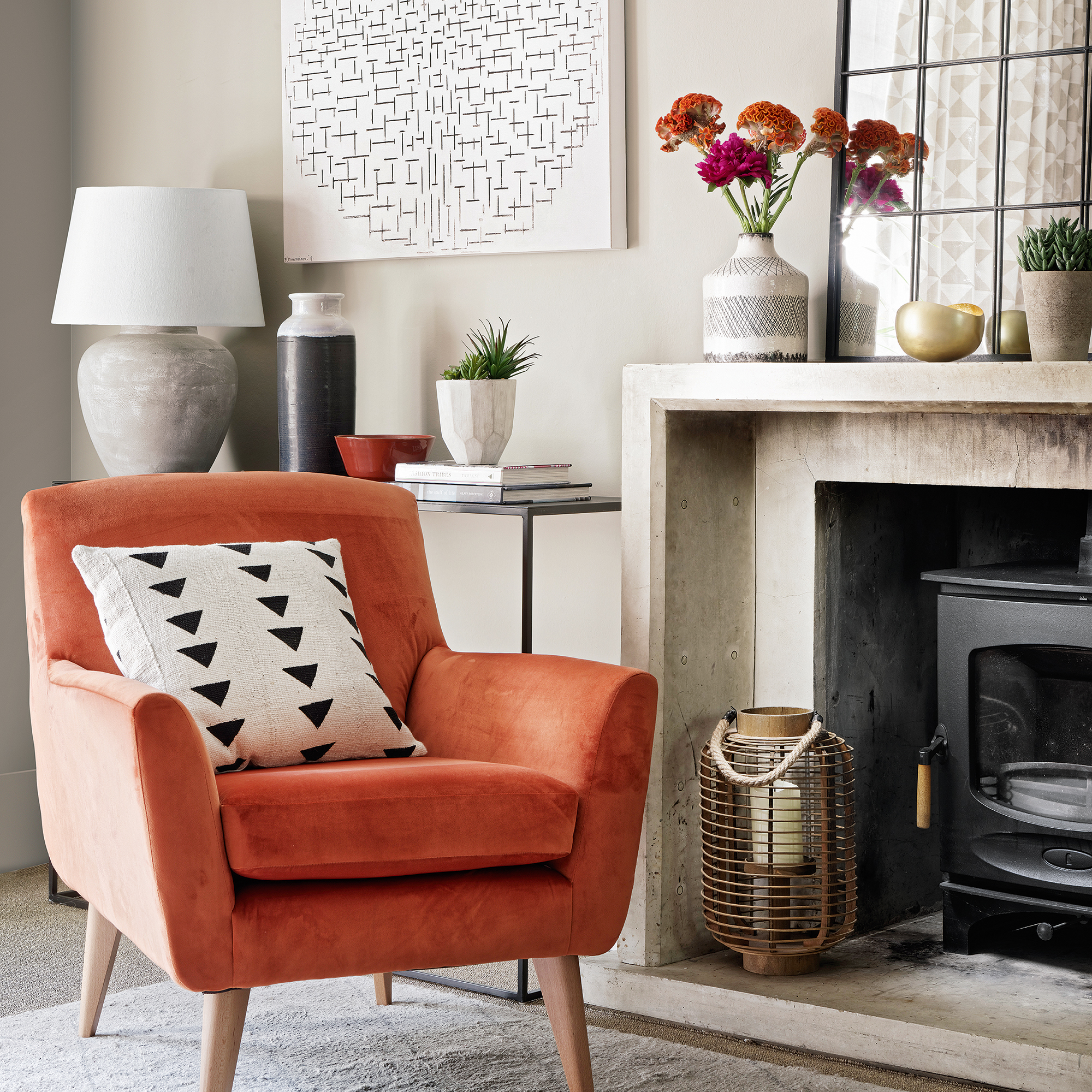
Always bear what maintenance is required before purchasing a new heating system. If you don't have the time, energy or money to deal with your chosen system then it will become redundant and have wasted you time and money, so do keep maintenance in mind when it comes to wood burners vs central heating.
Wood burners
'Wood burning stoves are fairly straightforward to maintain,' says Jon from Arada. 'We’d advise having your chimney swept professionally at least once a year as this will result in your stove working efficiently and safely, as well as giving the stove’s components a check for wear and tear before every winter season.'
'The interior and exterior needs some maintenance and cleaning, but there is no need to do so after every burn as dry wood will burn a lot better on cinders. Ensure you have enough fuel ahead of the winter months by sourcing seasoned, dry wood. Look for the ‘Ready to Burn’ logo as an indication of seasoned wood.'
Central heating
It's important to know how often a boiler should be serviced to keep things working efficiently and ensure your system has the longest possible life.
'A good plumber will keep everything running efficiently, and in addition to checking the operation and safety of your boiler, they should also check and top-up the inhibitor in your system to prevent the build-up of damaging sludge,' notes Simon from The Radiator Company.
'Other maintenance for radiators is to keep them free of dust and bleed them when they need it,' continues Simon. 'You’ll know when this is as cool patches will develop at the top as air pockets prevent hot water from circulating efficiently. You can also check for signs of any leaks or damage to make sure you can address any problems before they become a major problem.'
'The addition of smart heating controls also offer an excellent means for the maintenance of a central heating system, allowing the setup to be controlled remotely via devices such as smartphones or tablets via internet connectivity,' adds John from BestHeating.
5. Disadvantages
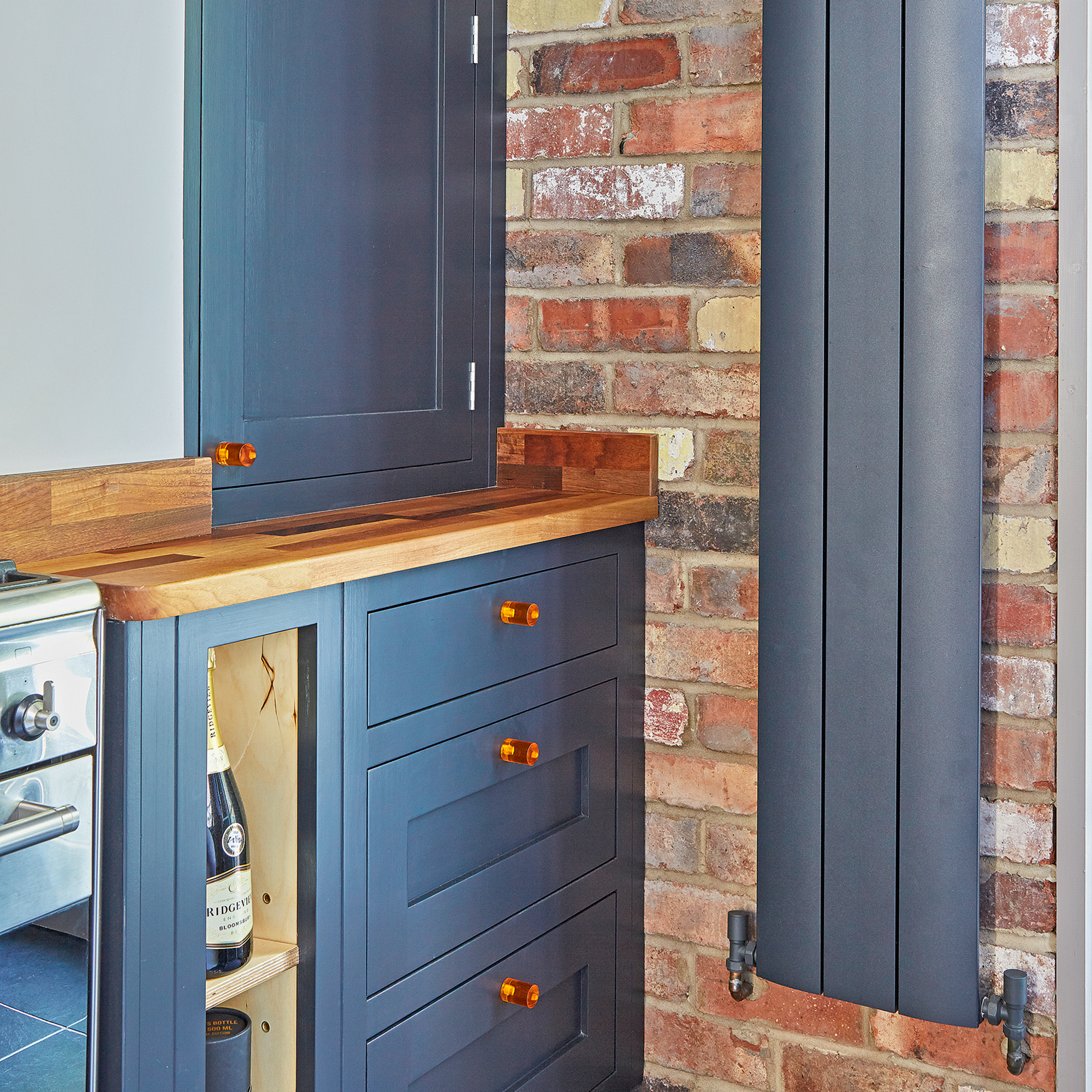
While there are many good sides to think about with wood burners vs central heating, there are of course disadvantages to be aware of.
Wood burners
There aren't many disadvantages to wood burners, aside from that they need a bit more maintenance than electric or gas stoves. However, you must ensure you're burning the right type of wood.
'Dry firewood is essential,' explains Declan Kingsley-Walsh, MD, Morsø UK. 'The logs should be cut in length appropriate to your stove, split and stacked in a dry place. As a rule, firewood should sit for 1-2 years after being cut down.'
'It is important that once you have fitted a quality woodburning stove you use the correct wood to ensure an effective and environmentally friendly burn. Ideally the wood you use should be kiln dried, however, any log used must have a maximum moisture content of 20%.'
Central heating
Each type of central heating comes attached with their own downsides.
- Gas boilers: 'These are not economically friendly and produce carbon dioxide when being burned for energy,' says John from BestHeating. 'Although one of the cheapest central heating setups to install, gas boilers have some of the highest running costs in comparison to more modern eco-friendly heating solutions.'
- Underfloor heating: 'There can be a lot of disruption to the home for a successful installation, and the process can be costly too, particularly for wet UFH fittings,' says John. 'When operational, underfloor heating can also take longer to properly power up than radiators or other heating appliances, and in many spaces, additional devices will be required to deliver an adequate overall heat output for the room.
- Heat pumps: 'Both types of heat pumps come attached with a hefty purchase price tag and expensive installation costs; their fitting can also cause significant disruption to a property’s surrounding land, and planning permission is required prior to their addition,' explains John. 'Plus, whilst offering a much more economically viable solution than gas alternatives, heat pumps are not entirely carbon neutral, and some questions do exist regarding their sustainability.'
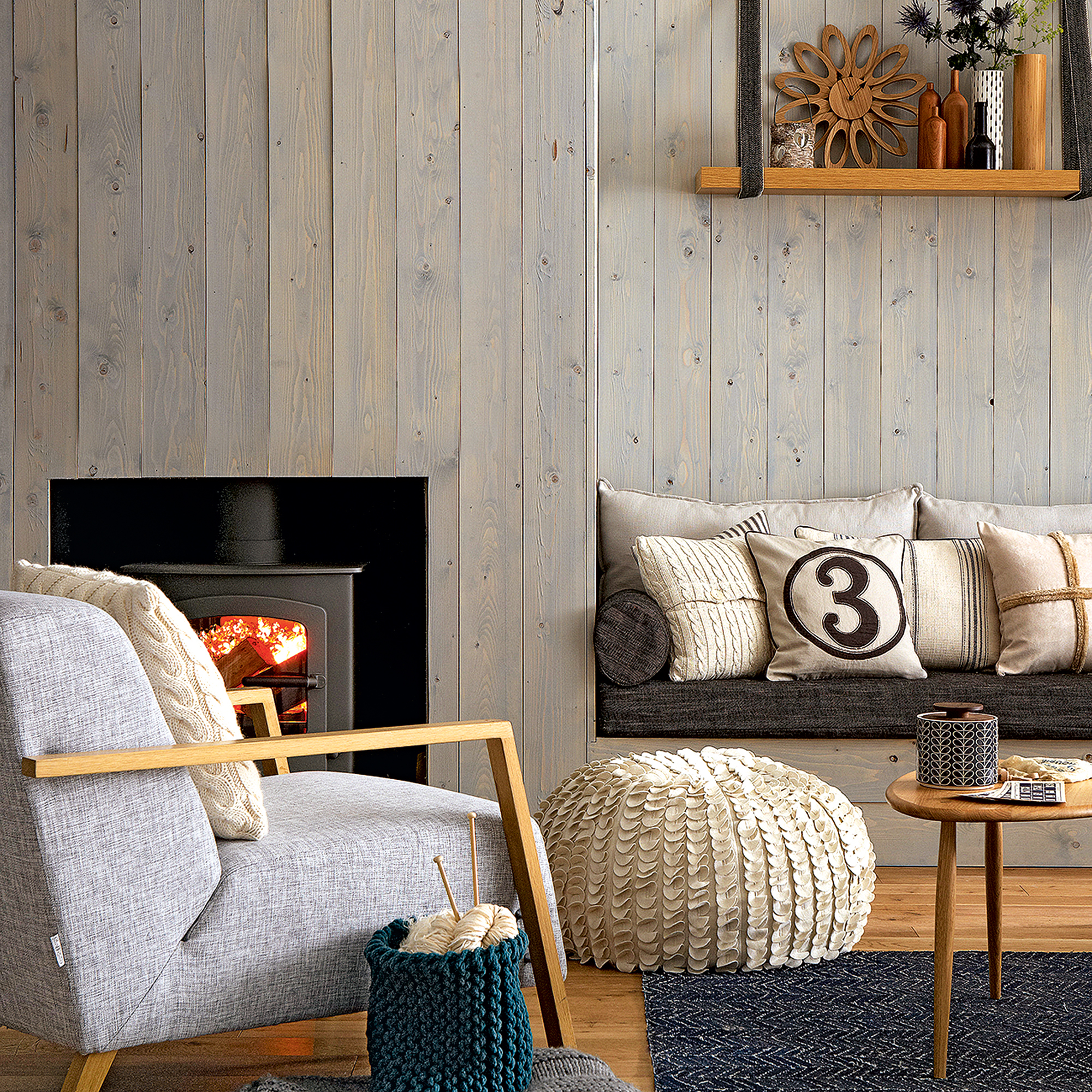
Can a wood burner heat a whole house?
Yes and no. 'Wood provides a more intense heat in the home compared to underfloor heating or a radiator, as the heat is emitted for longer,' notes John from Arada. 'Depending on the size of your property, it can easily be the main source of heat, especially if you spend most of your time in the room in which your stove is located.'
However, size is everything here. 'Before purchasing a stove, you should verify the heat requirement for its intended location,' explains Declan from Morsø UK. 'To calculate the heating demand of a specific space, simply work out the volume of the room in cubic meters and divide by 14. Buying the wrong size stove will prove problematic due to over firing or more commonly under running the appliance which is potentially more damaging to the stove, flue and the environment.'

Thea Babington-Stitt is the Managing Editor for Ideal Home. Thea has been working across some of the UK’s leading interiors titles since 2016.
She started working on these magazines and websites after graduating from City University London with a Masters in Magazine Journalism. Before moving to Ideal Home, Thea was News and Features Editor at Homes & Gardens, LivingEtc and Country Homes & Interiors. In addition to her role at Ideal Home, Thea is studying for a diploma in interior design with The Interior Design Institute.
-
 Crown Paint has launched new wall colours for the first time in three years, and changed how I think about neutral shades
Crown Paint has launched new wall colours for the first time in three years, and changed how I think about neutral shadesIs terracotta the ultimate neutral?
By Rebecca Knight
-
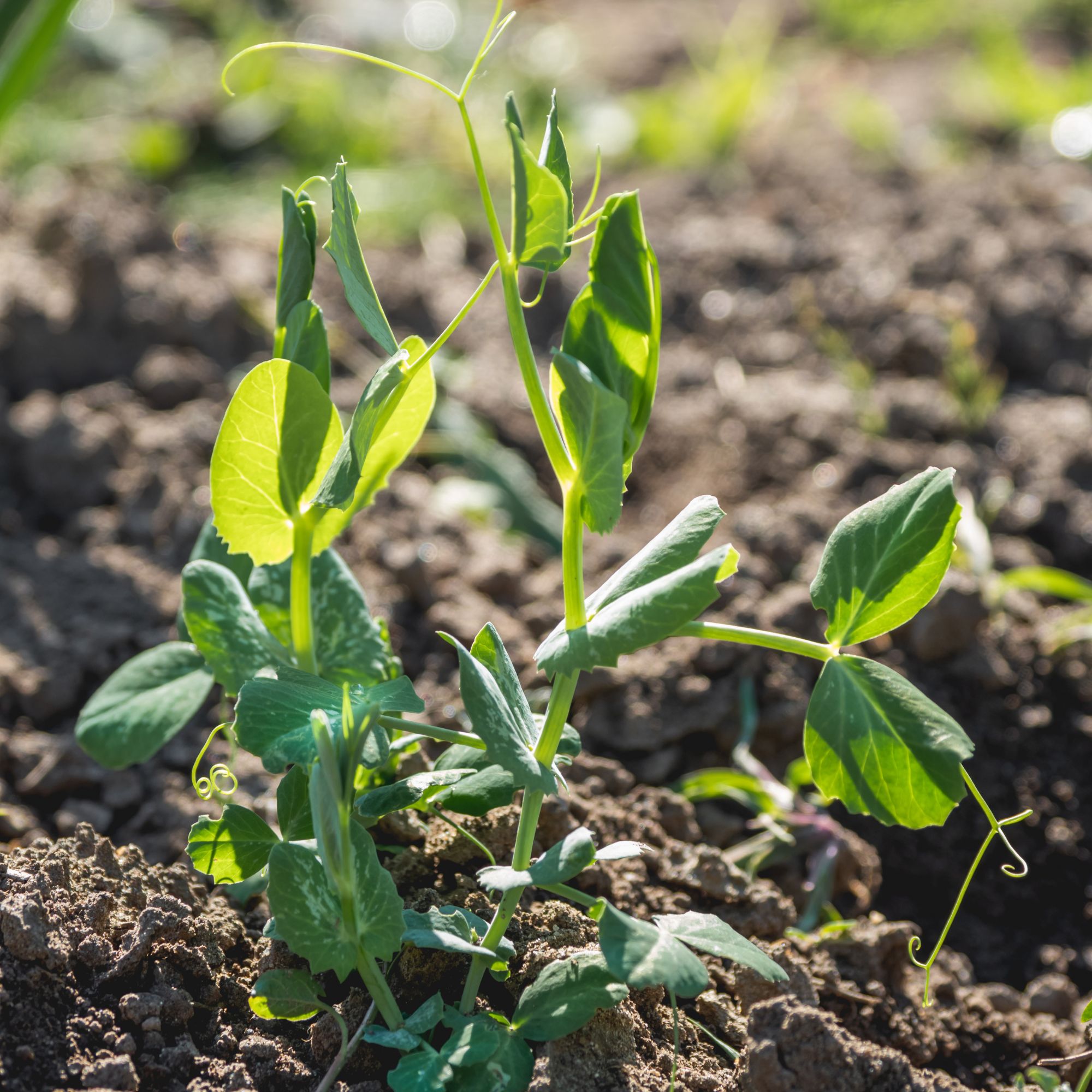 How to protect seedlings from birds – experts say there's a kind and clever way to stop them pecking
How to protect seedlings from birds – experts say there's a kind and clever way to stop them peckingYes, you can protect seedlings from birds without harming your feathered friends...
By Kayleigh Dray
-
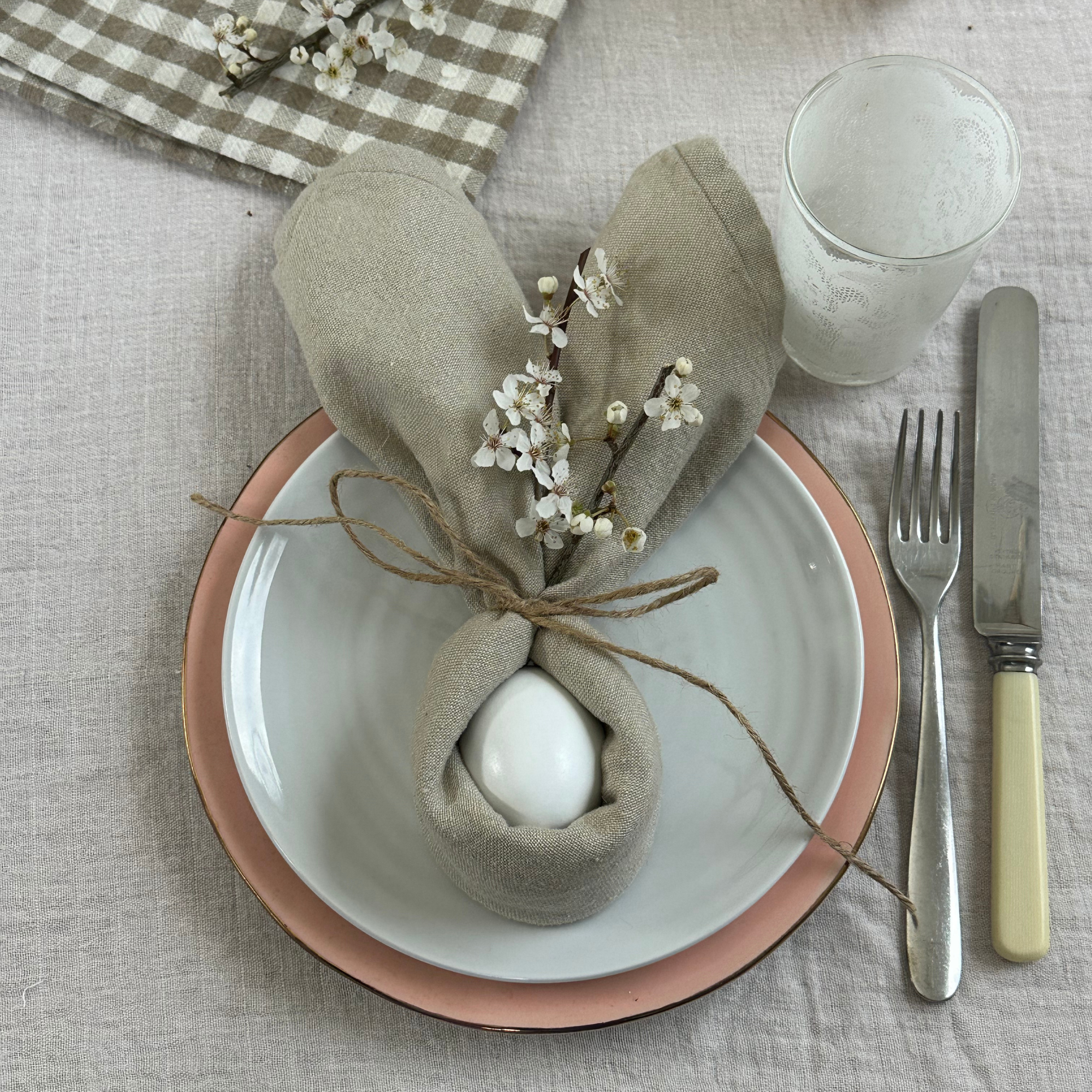 We tried the viral napkin bunny ears hack – it only takes five minutes and will take your Easter table to the next level
We tried the viral napkin bunny ears hack – it only takes five minutes and will take your Easter table to the next levelThis Easter craft is not only beautiful, but really easy to do
By Kezia Reynolds